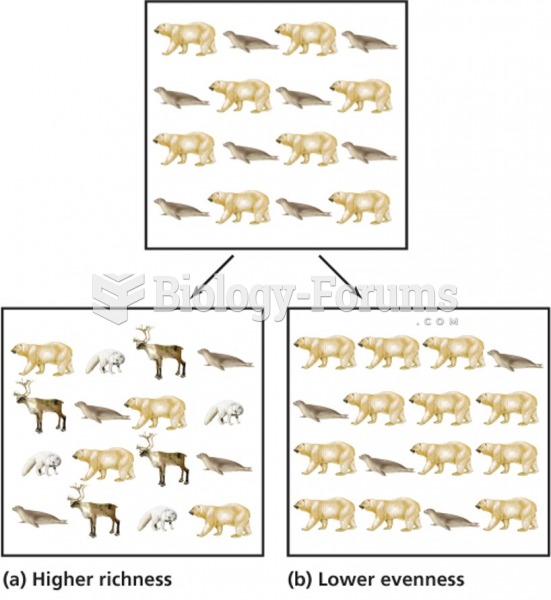|
|
|
The familiar sounds of your heart are made by the heart's valves as they open and close.
More than 30% of American adults, and about 12% of children utilize health care approaches that were developed outside of conventional medicine.
A serious new warning has been established for pregnant women against taking ACE inhibitors during pregnancy. In the study, the risk of major birth defects in children whose mothers took ACE inhibitors during the first trimester was nearly three times higher than in children whose mothers didn't take ACE inhibitors. Physicians can prescribe alternative medications for pregnant women who have symptoms of high blood pressure.
Asthma attacks and symptoms usually get started by specific triggers (such as viruses, allergies, gases, and air particles). You should talk to your doctor about these triggers and find ways to avoid or get rid of them.
If all the neurons in the human body were lined up, they would stretch more than 600 miles.







